TOP GUN: MAVERICK (2022)
After 30 years, Pete "Maverick" Mitchell is recalled to TOPGUN fighter training school to prepare the country's top aviators for a dangerous mission...
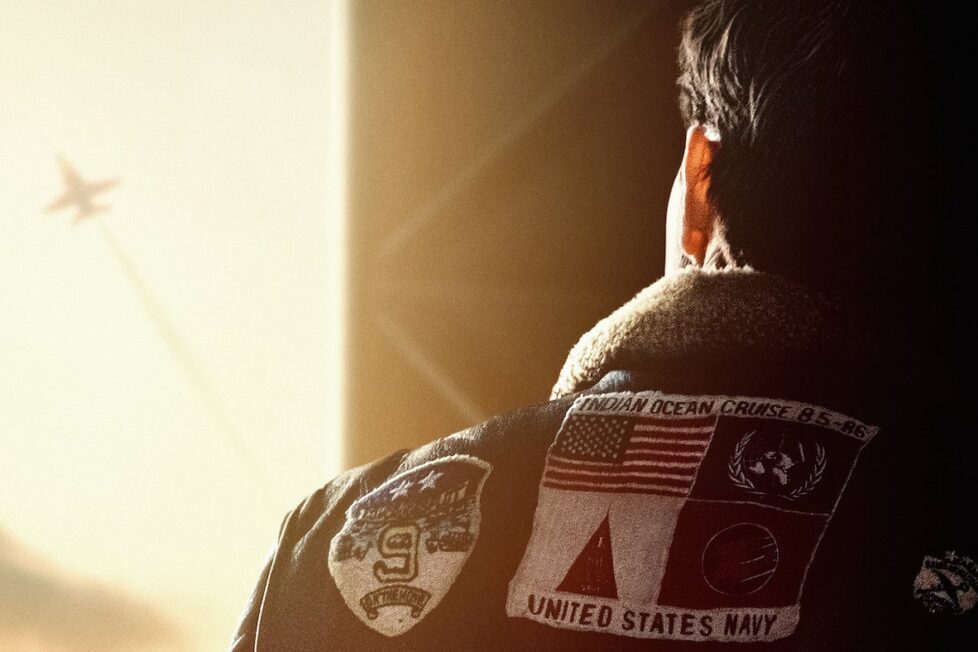
After 30 years, Pete "Maverick" Mitchell is recalled to TOPGUN fighter training school to prepare the country's top aviators for a dangerous mission...


My dad was in the Royal Air Force. Not as a pilot, but he always loved aviation and learned to fly light aircraft. I have distinct memories of him renting Top Gun (1986) numerous times and re-playing the opening sequence—set to Kenny Loggins’ “Danger Zone“—until the tape wore thin. In the 1980s, before the internet, there wasn’t easy access to footage of fighter jets screaming off aircraft carriers, so you could only really see F-14s in the rare TV documentary, which wouldn’t have the production value of a $15M Tony Scott movie.
I didn’t share my dad’s passion for planes, but Top Gun will always have a place in my heart as something I associate with him. He died of cancer 10 years ago. Top Gun: Maverick was released on what would have been his 66th birthday. I saw it without him during a weekend of family reflection about his life, and when “Danger Zone” once again played over the opening scene, I was suddenly a little boy watching my dad shuffle over to the VCR to rewind Top Gun. I shed a tear in the first minute… and it wasn’t my last. The magic of the movies.
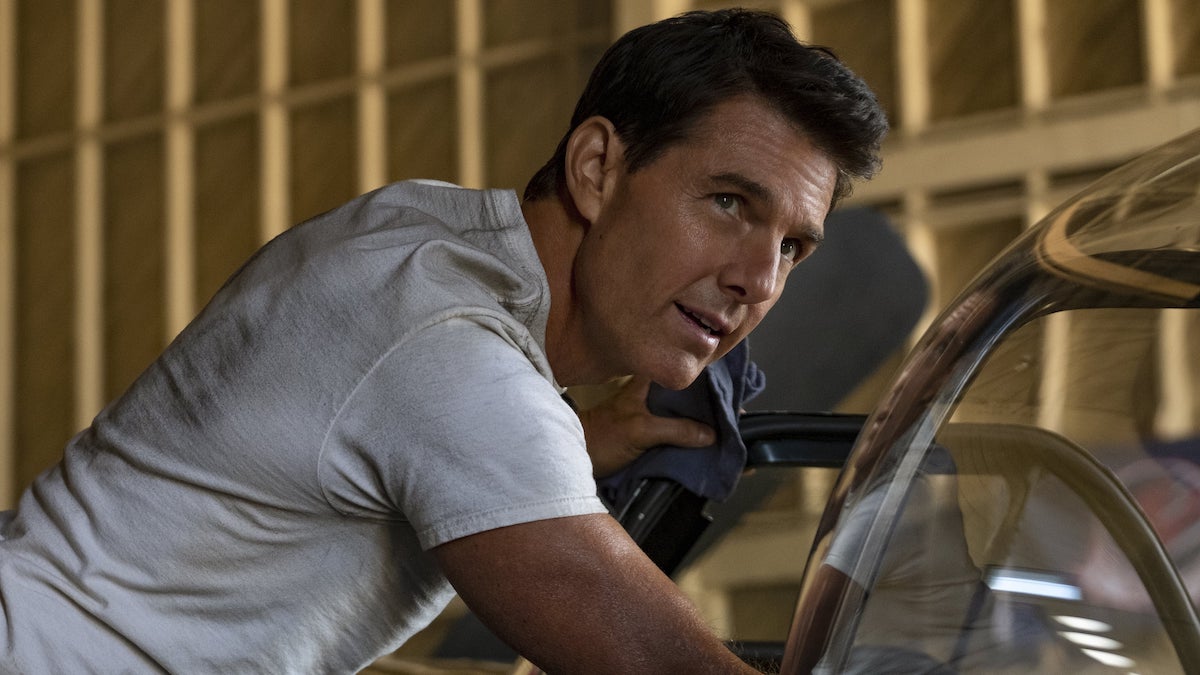
Captain Pete “Maverick” Mitchell (Tom Cruise) is now a U.S Navy test pilot trying to reach Mach 10 in a prototype scramjet, before the program is shut down in favour of unmanned drones. Times are a-changin’, and while Maverick should be a four-star admiral by now, he’s allowed his career to stagnate because there’s nothing he’d rather do than get paid to fly high-speed aircraft. Admiral Cain (Ed Harris) wants to ground Maverick and sees him as a relic of a dying age, but he’s instead reassigned to teach at the famous TOPGUN school for best-of-the-best aviators. Once there, Maverick discovers the son of his deceased best-friend Goose, Lt. Bradley “Rooster” Bradshaw (Miles Teller), is part of an elite class he has to prepare for a dangerous mission into enemy territory to destroy a uranium enrichment plant.
There’s been talk of a Top Gun sequel ever since the original grossed $357M ($941M adjusted for inflation), but Tom Cruise’s career hasn’t been built on returning to old movies—with the notable exceptions of his long-running Mission: Impossible franchise and Jack Reacher: Never Go Back (2014). Top Gun 2 discussions got serious around 2010, with director Tony Scott set to return for a story about unmanned aerial vehicles taking over from traditional dogfighting, but after his suicide in 2012 the project took a further decade to evolve into its eventual form with Joseph Kosinski (Oblivion) behind the camera. It’s a huge risk to return to an old franchise that wasn’t exactly begging for a sequel narratively, but against all the odds Top Gun: Maverick ends up being one of the most entertaining blockbusters in a long time, a rare break from comic-book flavoured hits in recent years, and the rare sequel that’s superior to the original in most ways.
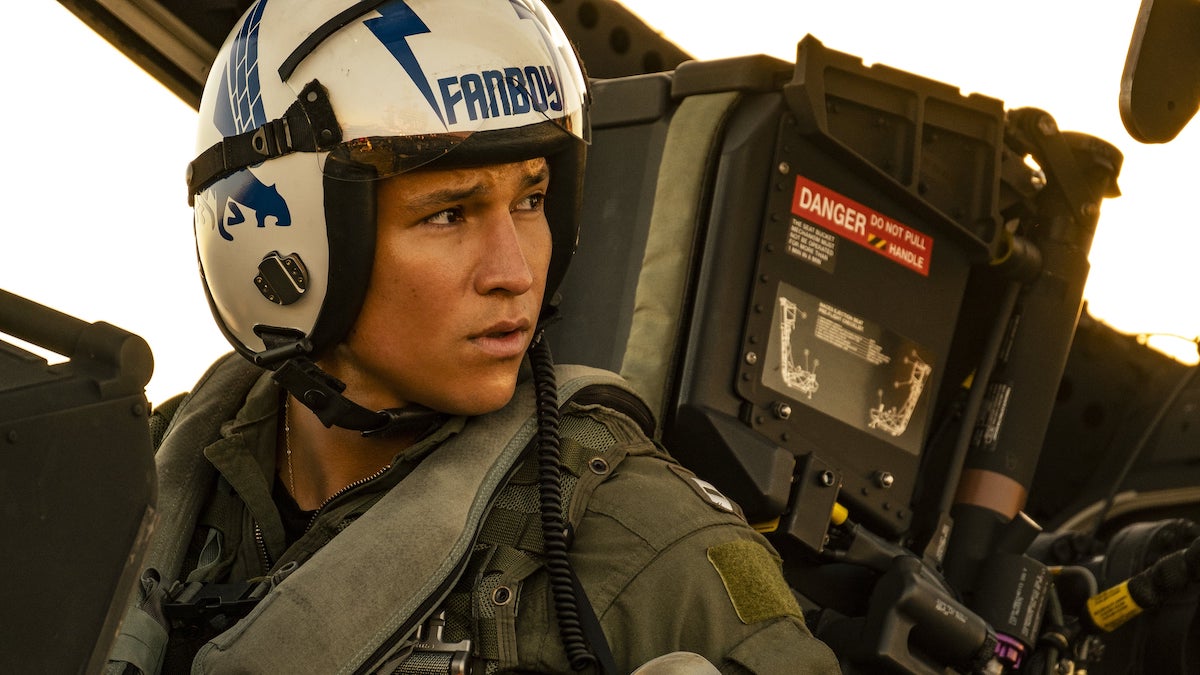
What works about Maverick is that it’s a simple story, effectively told, that doesn’t rely on knowledge of the 1986 movie (but is perhaps slightly enhanced by seeing it), and manages the difficult trick of being a loose retread that’s also doing something fresh simultaneously. This is Maverick’s film, so the story is primarily about him trying to find his place in a rapidly changing world, while also trying to reconnect with a young man who only sees him as the person who got his dad killed and subsequently held back his naval career. But Rooster’s story also echoes that of Maverick’s in the ’86 version, as he encounters a cocky pilot called Lt. Jake “Handman” Seresin, who’s essentially the new version of “Iceman” (Val Kilmer) from the original. That storyline perhaps isn’t given quite enough time to land, as the focus is more on Maverick’s issues, but it works well as a nod to history repeating itself and adds another dynamic to the training sequences ahead of the crazy mission Maverick has to lead.
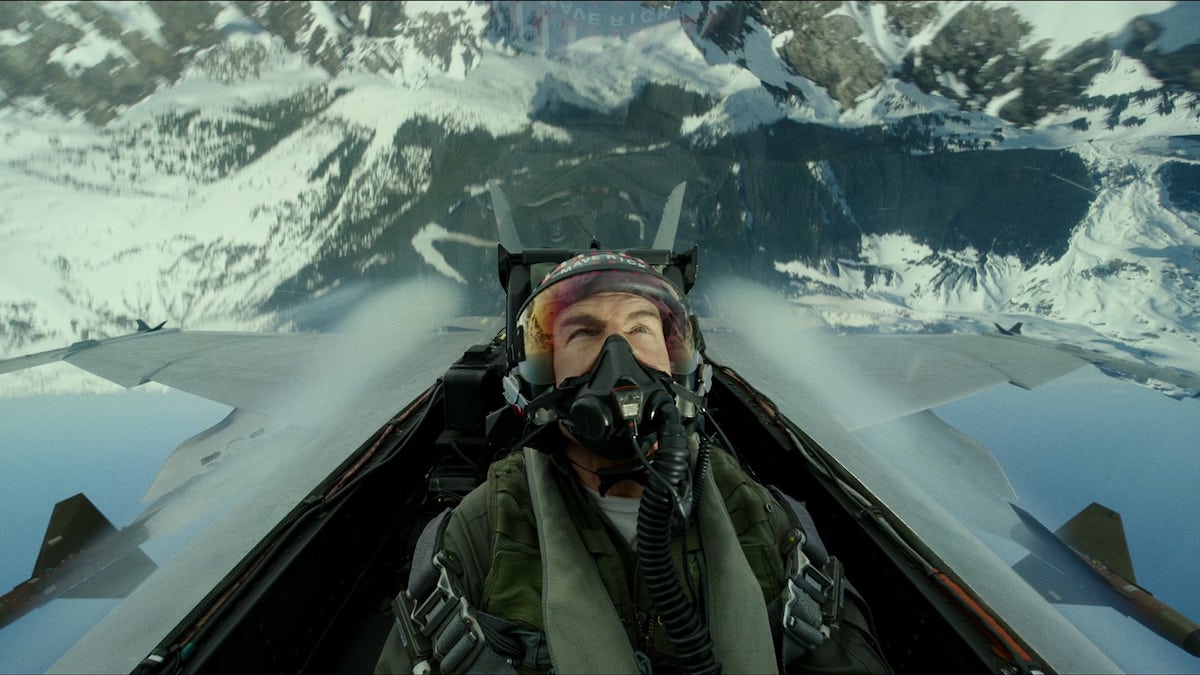
Tom Cruise is still a major player in Hollywood, but there’s perhaps an analogue to Maverick’s story in terms of his place in showbusiness. He was one of the biggest stars in the 1980s (Top Gun was the film that sealed that) and hasn’t been far off the top spot ever since, but we’re living through an age where spectacle and existing intellectual property have become the bigger draws for audiences. Cruise’s response to this sea change began with Mission: Impossible: Ghost Protocol (2011), which was expected to be a torch-passing movie because Paramount wanted a younger actor to lead that franchise (step forward Jeremy Renner), but when Cruise did the unthinkable and performed his own stunts dangling off the Burj Khalifa audiences were gobsmacked by the old-school thrill of an actor genuine risking their lives for entertainment. Since then, Cruise has continued to push the boundaries of what’s expected from Hollywood stars in subsequent films, and that again feeds into Top Gun: Maverick, for which he learned to fly a real Super Hornet jet. And you can’t underestimate the joy of knowing and seeing Cruise (and his co-stars) flying around in real aircraft, using special IMAX cameras squeezed into cockpits, to deliver amazing shots that don’t have any whiff of artificiality to them.
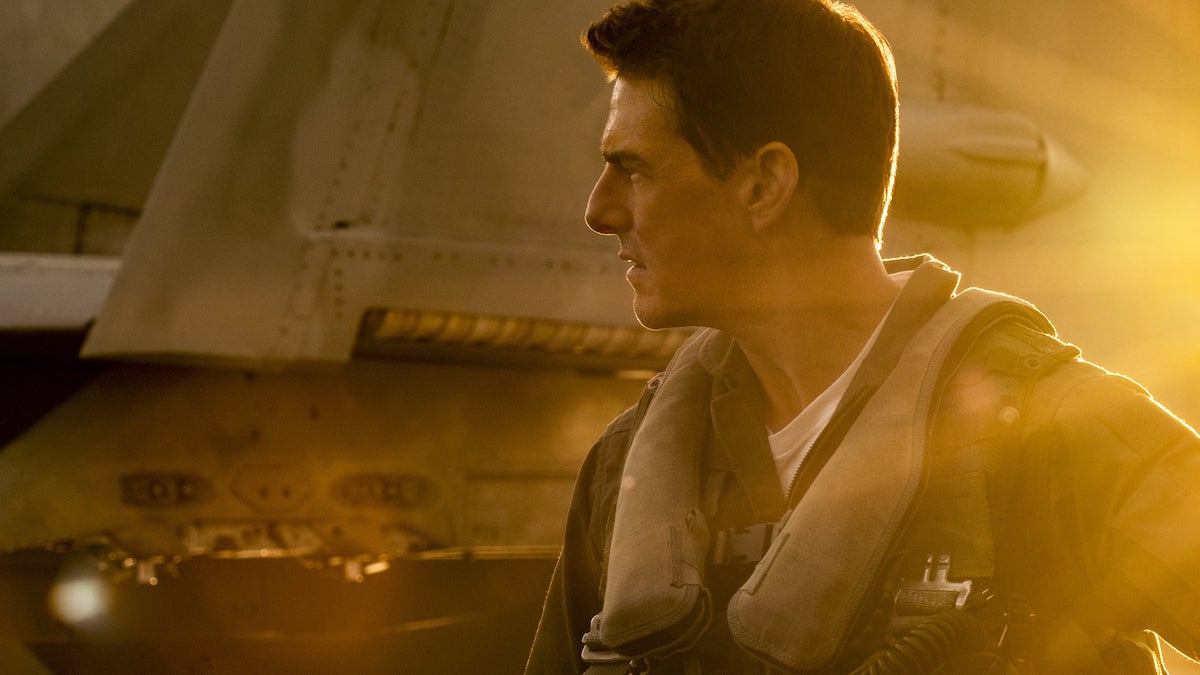
Joseph Kosinski may seem a strange choice to replace Tony Scott, as his last major movie was Oblivion (2013) and Tron: Legacy (2010) before that, but Cruise clearly rewards filmmakers he’s worked with and believes in. Christopher McQuarrie (Mission: Impossible—Fallout) has become his greatest cohort in recent times, and here contributes to the screenplay by Ehren Kruger and Eric Warren Singer. Kosinski clearly has a great eye and manages to echo some of what Tony Scott brought to the screen (certainly in the opening montage that effectively redoes Top Gun’s opening), but it’s not a slavish attempt to emulate a filmmaker he’s not. Known for VFX-heavy sci-fi, Maverick proves Kosinski can shoot real locations and situations while giving them just the right amount of heightened cinematic appeal. The climactic mission (a race-against-the-clock bombing run through a canyon at low-level, having to pull an incredibly steep final ascent while avoiding surface-to-air missiles) does feel a little sci-fi at times—and the “rogue nation” they’re up against isn’t named, and the enemy pilots never reveal their faces or speak—but I was tolerant of these sillier moments. It’s too much fun.
The rest of the cast is also a big reason Top Gun: Maverick is so enjoyable, as it’s a rare Cruise film that isn’t totally dominated by his charm because there’s a great mix of excellent character actors and rising stars. Ed Harris chews a few scenes as another of his disgruntled military tough-asses, Jon Hamm almost reprises Don Draper from Mad Men as the hard but sympathetic Vice Admiral Beau “Cyclone” Simpson, Glen Powell is charismatic as golden boy Hangman, and Miles Teller finally gets a post-Whiplash (2014) role that works as Rooster. Jennifer Connelly also appears as Penny Benjamin, an old flame of Maverick’s who runs the local ‘Hard Deck’ bar and rekindles their relationship. It’s a rare occurrence that Cruise is partnered with a love interest of equivalent age (and height)—thinking back to Rebecca Ferguson, Annabelle Wallis, Cobie Smulders and Emily Blunt most recently—so it’s great to see a love story flourish that comes across as believable and genuine. The one “sex scene” is rather chaste (one of mainstream Hollywood cinema’s biggest annoyances these days), and is ultimately portrayed a little bit like overgrown teenagers getting to know each other, but Connelly is certainly appealing and reminds us what we’ve been missing on the big screen since Noah (2014).
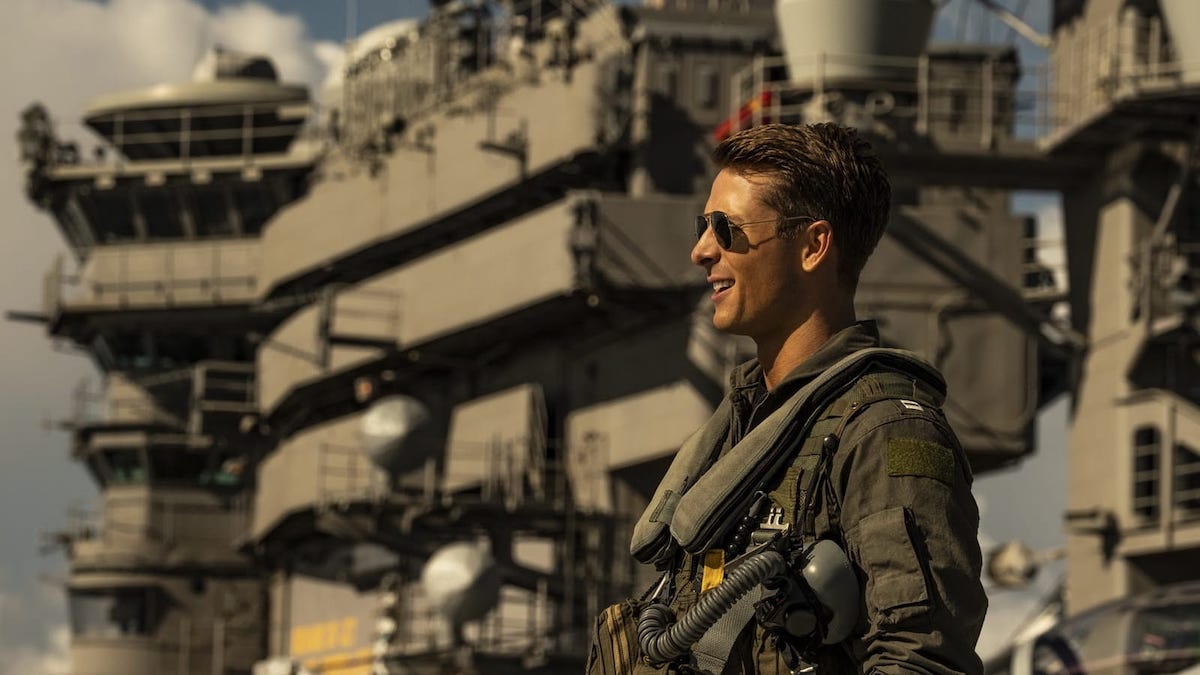
Overall, Top Gun: Maverick surpasses the 1986 movie (which has dated in many areas and doesn’t withstand scrutiny on an emotional level) and is a rare example of a long-awaited sequel that doesn’t disappoint. It’s this year’s Mad Max: Fury Road (2015). Tom Cruise hasn’t been this good in a long time either—as Mission: Impossible’s Ethan Hunt is less of a developed character than Maverick to me—and almost every ingredient of this film works because excellent filmmaking is in service of a script the actors are putting their all into.
There’s also a touching way to handle Iceman, given Val Kilmer’s health issues, which is one of the major highlights for me. The downsides aren’t dealbreakers, but I would’ve liked a stronger sense of antagonism between Rooster and Hangman, the love story between Maverick and Penny isn’t a big part of the story (unlike the original’s with Kelly McGillis), and the soundtrack is one area where the ’86 film reigns supreme (as Maverick reprises some of the best songs and sound cues), but Top Gun: Maverick is a great time at the cinema and a welcome tonic to the glut of comic-book themed adventures modern audiences are starting to believe is all cinema has to offer.
My dad, another Pete, would have agreed.
USA | 2022 | 131 MINUTES | 2.39:1 | COLOUR | ENGLISH

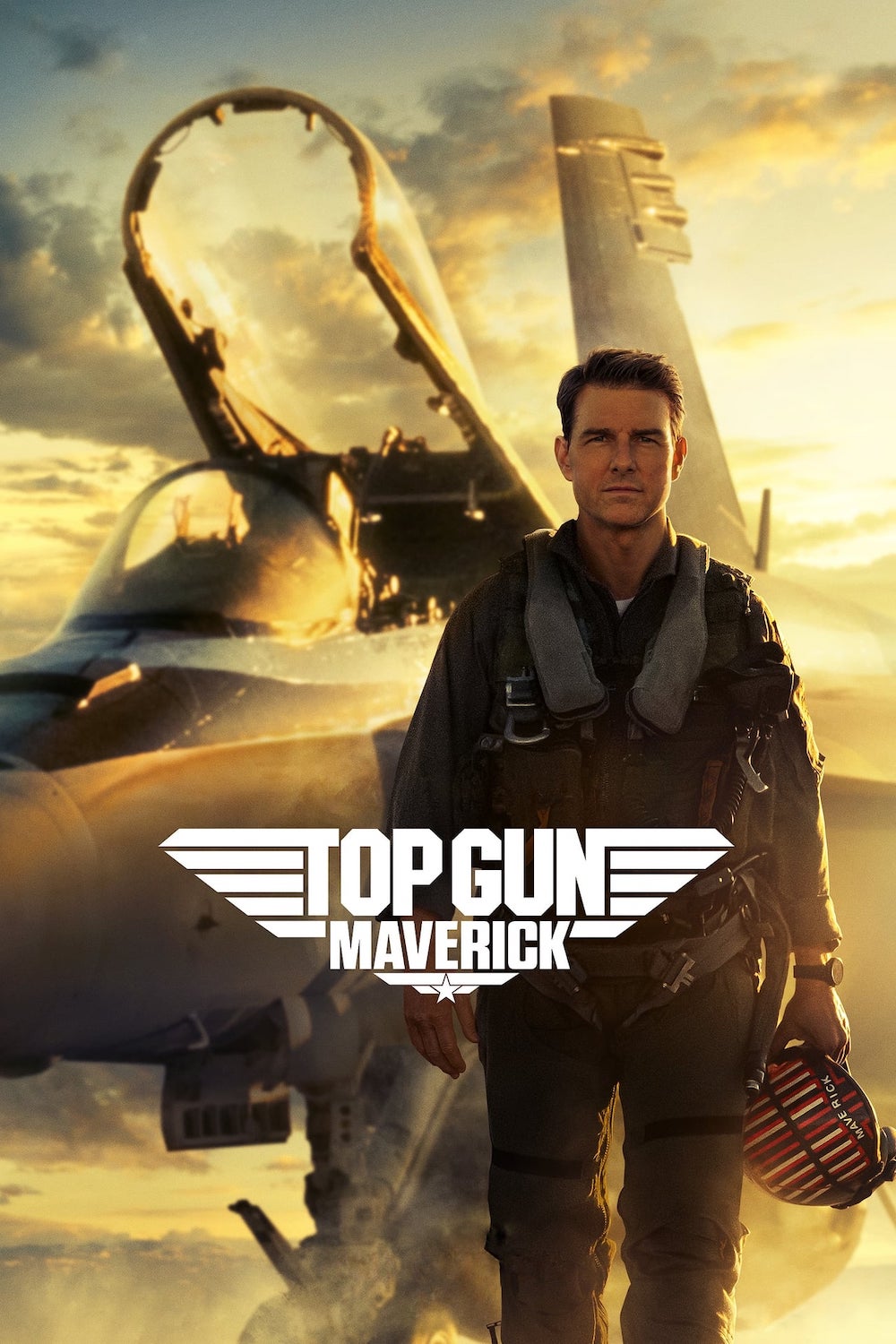
director: Joseph Kosinski.
writers: Ehren Kruger, Eric Warner Singer & Christopher McQuarrie (story by Peter Craig & Justin Marks; based on characters created by Jim Cash & Jack Epps Jr.)
starring: Tom Cruise, Miles Teller, Jennifer Connelly, Jon Hamm, Glen Powell, Lewis Pullman, Ed Harris, Val Kilmer & Monica Barbaro.
